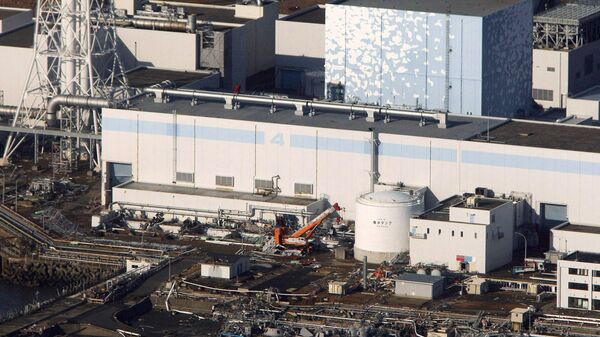In his statement, Nuclear Regulation Authority Chairman Toyoshi Fuketa mentioned that even after being treated, more than 1 million tons of coolant water and groundwater have been contaminated by radioactive tritium after a devastating quake and tsunami in 2011.
While locals have expressed their concerns about the possible negative impact from the water being released into the sea, the government has yet to make a decision on the treated water, however, the mayor of Naraha located near the facility reassured fishermen that there will be no harmful consequences to the environment.
READ MORE: UK Foreign Minister Drinks Juice From Fukushima (VIDEO)
Despite the fact that the treated water is stored in tanks, Fuketa put a premium on the urgent need to make a quick decision, as it would take a few years to prepare the release of the water into the sea, as tritium could start leaking from the Fukushima plant.
Usually, at other nuclear power plants, tritium-containing water, which is considered relatively harmless to humans, is dumped into the sea after being diluted but Fuketa has been calling for the release of water after diluting it to a density lower than the one set by law.
READ MORE: Japan Begins Disposal of Radioactive Waste From Fukushima Disaster
In 2016, fish carrying traces if caesium-134 particles, regarded as “fingerprint” of the Fukushima disaster, were detected by researchers 6,000 miles away off the west coast of the US. Despite numerous tests showing most types of fish caught near the facility are safe to eat, people remain hesitant.
In March 2011, the Fukushima Daiichi nuclear plant was hit by a 46-foot tsunami triggered by a 9.0-magnitude offshore earthquake, crippling the facility’s cooling system and resulting in the leakage of radioactive materials, hydrogen-air explosions and eventually the plant’s shutdown. The accident is regarded as the world’s worst nuclear disaster since Chernobyl in 1986.


